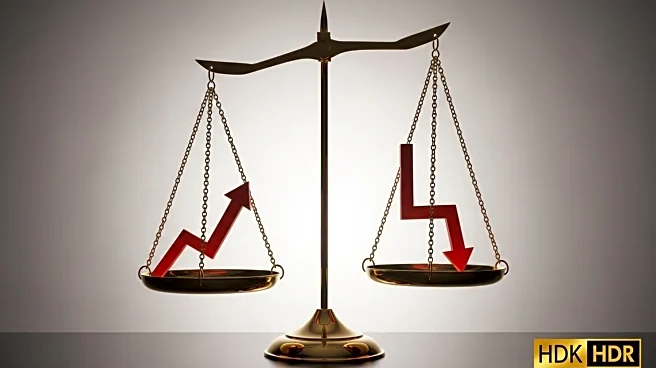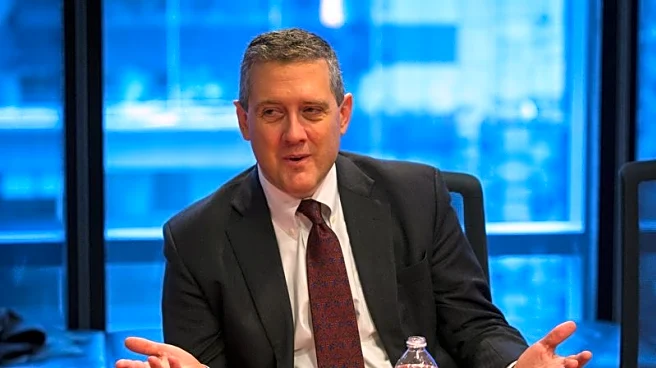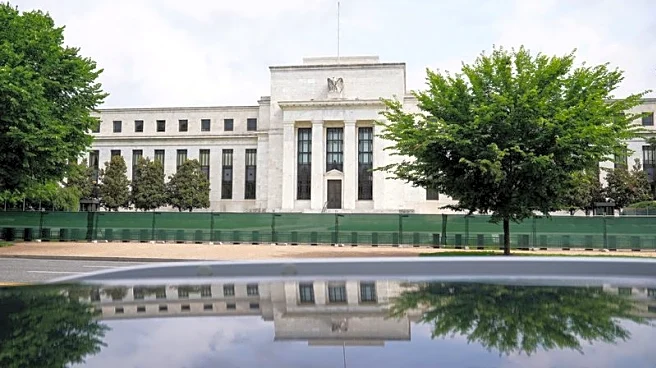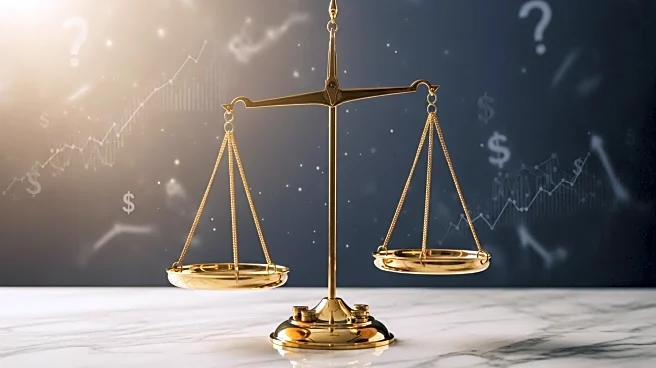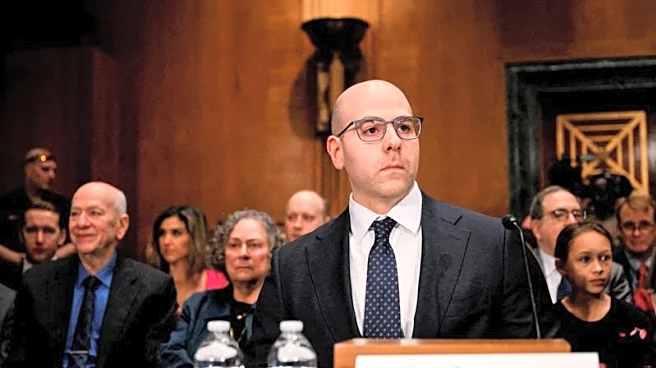What is the story about?
What's Happening?
The Federal Reserve is anticipated to reduce its benchmark interest rate by a quarter-point, setting it within a range of 4% to 4.25%. This decision comes despite President Trump's public demands for a more substantial cut of at least three percentage points. President Trump has been vocal about his dissatisfaction with the Fed's cautious approach, particularly criticizing Fed Chair Jerome Powell for not implementing more aggressive rate cuts. The Fed's decision is influenced by concerns over potential inflation driven by tariffs imposed by the Trump administration. Financial markets are largely expecting the Fed to proceed with the modest cut, as indicated by the CME Group's FedWatch tool, which shows a 96% probability of this outcome.
Why It's Important?
The Federal Reserve's interest rate decisions have significant implications for the U.S. economy, affecting borrowing costs for consumers and businesses. A larger rate cut, as advocated by President Trump, could lower the interest on national debt and reduce mortgage rates, potentially stimulating economic activity. However, experts caution that rapid rate cuts could lead to unintended economic consequences, such as increased inflation. The Fed's independence in monetary policy is crucial, and President Trump's pressure on the institution raises concerns about maintaining this independence. The outcome of the Fed's decision will be closely watched by financial markets and could influence economic policy and political dynamics.
What's Next?
The Federal Open Market Committee is scheduled to meet on Wednesday to finalize the interest rate decision. The financial markets and political stakeholders will be observing the Fed's actions and any subsequent statements from President Trump. The Fed's decision could prompt further discussions on monetary policy and its impact on the economy, especially in the context of upcoming elections and economic forecasts.
AI Generated Content
Do you find this article useful?





